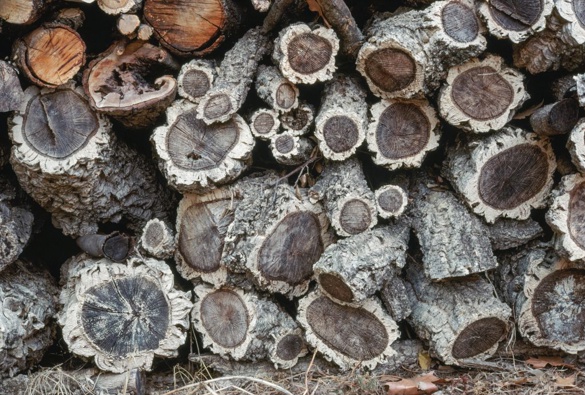Firewood Collections
For those of us lucky enough to have an ultra-low emission burner as a cosy heating source, the yearly job of gathering and stacking firewood is an excellent hobby that keeps us fit and creates interesting opportunities for discovery of organisms.
I love looking at tunnels in wood bark beetle scribbles under pine bark and macrocarpa which are elegant sites for caterpillars to pupate (over-winter), and locating the winter hiding spots for native cockroaches, slaters, booklice, barklice, millipedes and centipedes.
The reason I study my firewood before bringing it inside to be burned is sometimes you get critters in there that perhaps need to be rescued from a firey end.

Native Grassgrub beetles (Odontria) often hide between stacked logs. Outside they are dormant and won’t move a lot at all until temperatures go up in a month or so. But when you take the logs inside, they wake up and fly around like miniature lawnmowers (same sort of noise) in your living room. Lifecycle is completed on the roots of plants, often grass species.
These are what you’d expect when you take in Eucalyptus wood. Epithora dorsalis is a longhorn beetle from Australia, relatively recently discovered as an interloper here in New Zealand. The grubs of these beetles create substantial tunnels in gum tree wood.


If you find our native huhu grubs in your fire wood, you might have left it too late. The wood is in a state of decay, quite moist and un-burnable! This can happen to the bottom row of wood, in touch with the ground/soil for a long time. A firey end might be human consumption!

Spiders are also taking advantage of a place to hibernate: here’s a common jumping spider: Trite auricoma, the Golden-Brown Jumping Spider.

White-tailed spiders also turn up frequently; they’ll wake up in the warmth of your lounge. Not very harmful at all, by the way!

But the invertebrate that I obliterate immediately on discovery is the queen Vespula wasp, in this case a German wasp. These girls are sitting out the winter and will start a new nest in spring. They are a real pest and their impact can be avoided by getting rid of them before they start building.
LISTEN ABOVE
Take your Radio, Podcasts and Music with you









